Spotted Hypostomus - Hypostomus punctatus
Scientific name: Hypostomus punctatus
Common name: Spotted Hypostomus
Family: Loricariidae
Usual size in fish tanks: 20 - 30 cm (7.87 - 11.81 inch)
014
Recommended pH range: 5 - 8
Recommended water hardness: 4 - 20°N (71.43 - 357.14ppm)
0°C 32°F30°C 86°F
Recommended temperature range: 22 - 28 °C (71.6 - 82.4°F)
The way how these fish reproduce: Spawning
Where the species comes from: South America
Temperament to its own species: peaceful
Temperament toward other fish species: peaceful
Usual place in the tank: Bottom levels
Short description
This profile covers Hypostomus punctatus (Spotted Hypostomus): a robust loricariid peaceful toward most other fish but territorial toward similar plecos. Do not purchase as a “quick algae cleaner” for small tanks—dedicated care and filtration are mandatory.
Origin
South America; native to tropical river systems with moderate flow and abundant submerged wood/rock. Conditions are warm, well-oxygenated, with seasonal fluctuations.
Food and feeding
An omnivorous aufwuchs/biofilm grazer. Provide sinking algae/spirulina wafers, quality pleco pellets, and blanched vegetables (zucchini, cucumber, spinach). Supplement with small portions of protein (bloodworms, mysis, chopped shrimp or fish) 2–3× per week. Offer driftwood for rasping (fiber source), though it is not a true wood-eater like Panaque. Avoid fatty mammal meats (e.g., beef heart) as staple foods.
Sexing
External sexing is unreliable. Mature males may develop more pronounced odontodes and a broader head; females are typically fuller when gravid. Venting is the only consistent method.
Breeding
A cave/burrow spawner in nature (pairs use bank tunnels or snug cavities). Spawning in home aquaria is exceptionally rare due to size and space requirements; most successes come from very large ponds with earthen banks. If fry appear, offer powdered algae foods and crushed wafers once the yolk is absorbed.
Lifespan
With strong filtration and stable water, expect 10–15 years (longer is possible).
Behavior & compatibility
Generally peaceful with dissimilar tank mates, but males may be territorial toward conspecifics or similar-shaped plecos, especially over caves. Keep singly unless the tank is very large with multiple retreats. Avoid mixing with much smaller bottom fish that could be outcompeted at feeding.
Tank requirements
- Tank size: large footprint; think 300 L for an adult (bigger is better).
- Aquascape: sand or smooth gravel, ample driftwood, rounded rocks/slate, and several snug caves.
- Water: broad tolerance; prioritize stability and low nitrate.
- Filtration: oversized bio-mechanical filtration and regular large water changes—this is a heavy waste producer.
- Lighting: subdued/structured; allow some controlled biofilm on wood/rocks for grazing.
Care notes
Do not rely on any pleco as the sole “algae crew.” Balanced feeding and maintenance are still required to manage algae and detritus.
Picture
Bought by aqua-fish.net from jjphoto.dk.
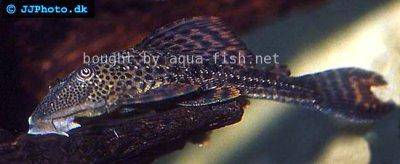

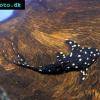 Adonis
Adonis 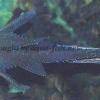 Lyre
Lyre 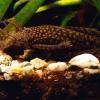 Bristlenose
Bristlenose 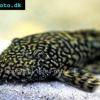 Gold
Gold  Bushymouth
Bushymouth  Spotted
Spotted 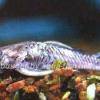 Medusa
Medusa 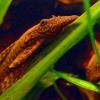 Bristlenose
Bristlenose 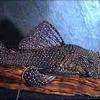 Starlight
Starlight 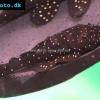 Spotted
Spotted 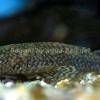 Catfish
Catfish 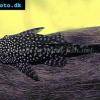 Bushynose
Bushynose 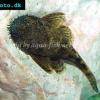 Bristlenose
Bristlenose  Green
Green 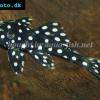 LDA-33
LDA-33 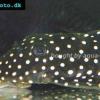 Snowflake
Snowflake 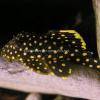 Gold
Gold 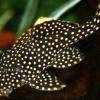 Gold
Gold  Bulldog
Bulldog 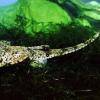 Dasyloricaria
Dasyloricaria  Butterfly
Butterfly 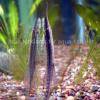 Whiptail
Whiptail 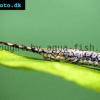 Amazon
Amazon  Twig
Twig 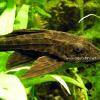 Spotted
Spotted 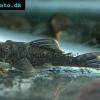 Spotted
Spotted 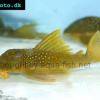 Lemon
Lemon 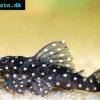 Pleco
Pleco 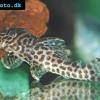 Peruvian
Peruvian 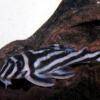 Zebra
Zebra 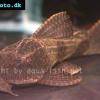 Pleco
Pleco 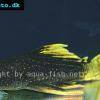 Hypostomus
Hypostomus 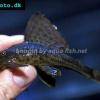 Pleco
Pleco 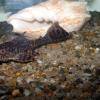 Suckermouth
Suckermouth  Woodeating
Woodeating 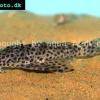 Golden
Golden 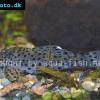 Sultan
Sultan 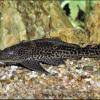 Multiradiatus
Multiradiatus 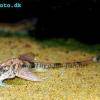 Marbled
Marbled 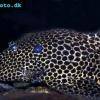 Pleco
Pleco 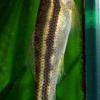 Dwarf
Dwarf 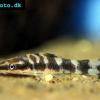 Dwarf
Dwarf 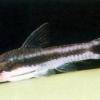 Dwarf
Dwarf  Oxyropsis
Oxyropsis 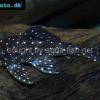 Orange
Orange 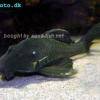 Blue
Blue 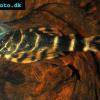 Clown
Clown 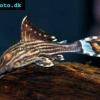 Royal
Royal 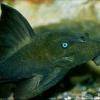 Blue
Blue 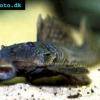 Rubber
Rubber  Goby
Goby 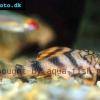 Wormline
Wormline  Para
Para  Tiger
Tiger 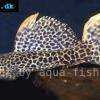 Leopard
Leopard 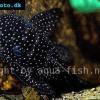 Spiny
Spiny 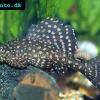 Marbled
Marbled 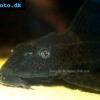 Amazon
Amazon  Common
Common 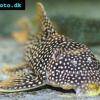 Sunshine
Sunshine 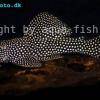 Golden
Golden